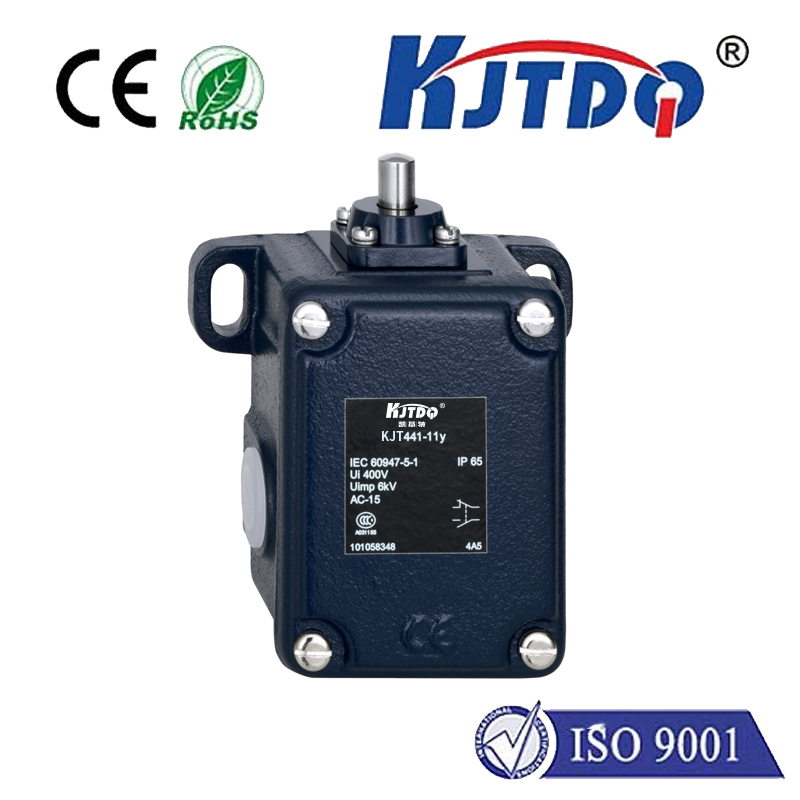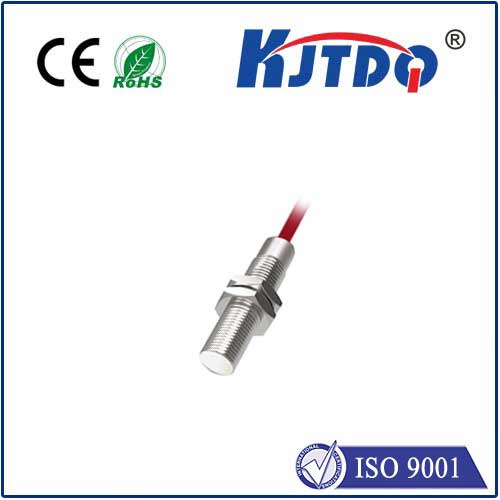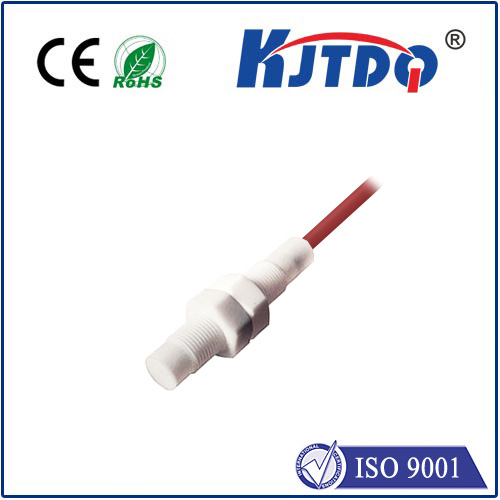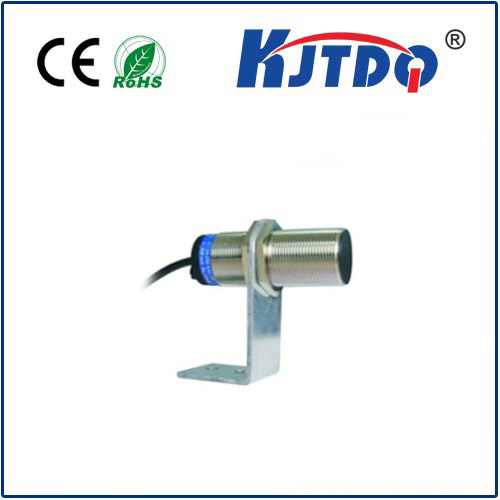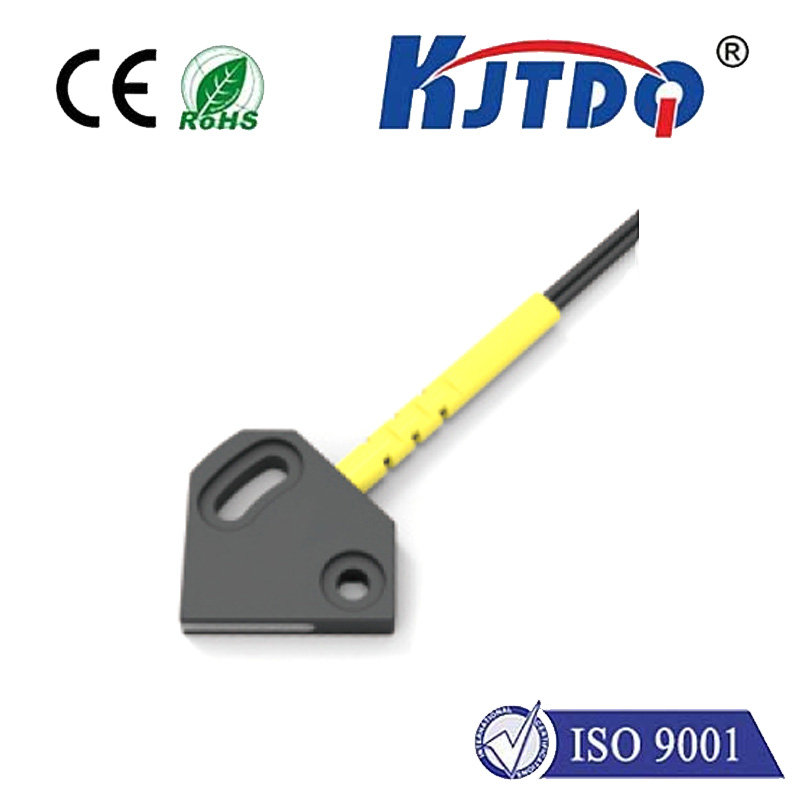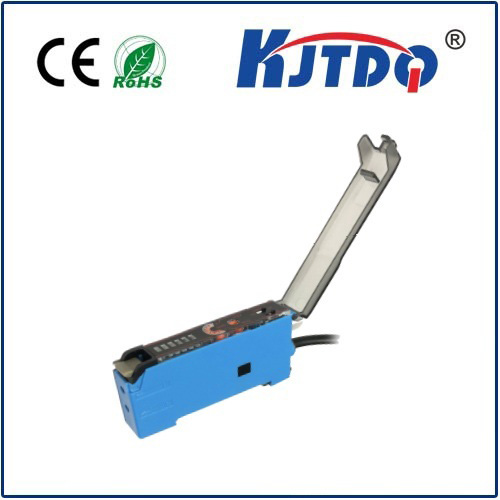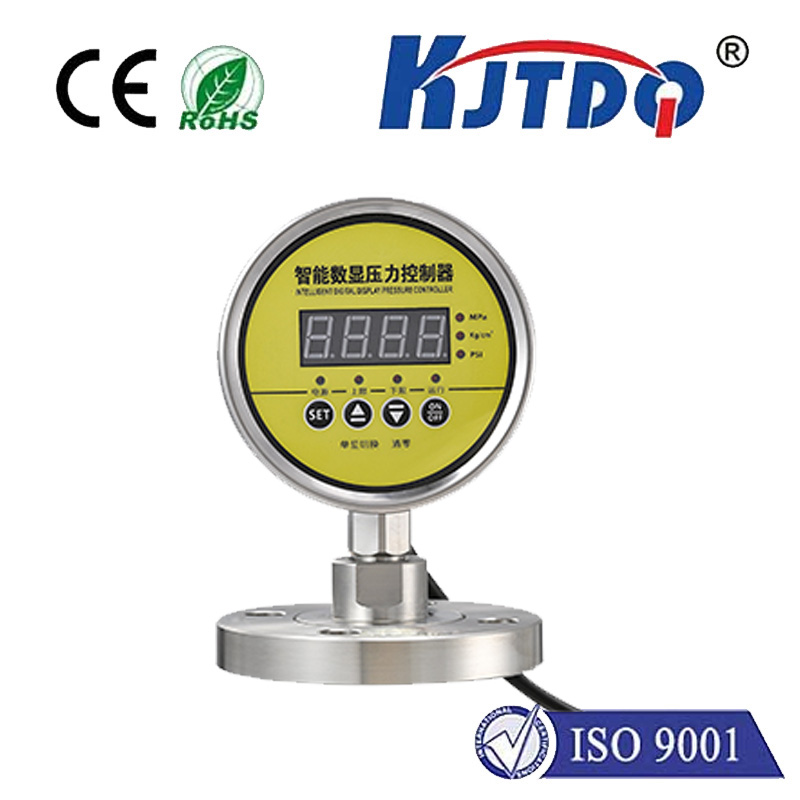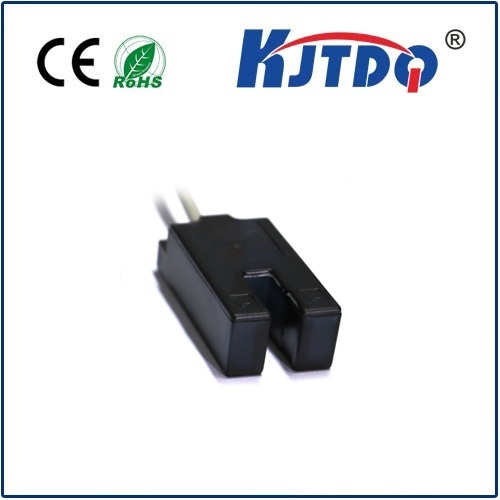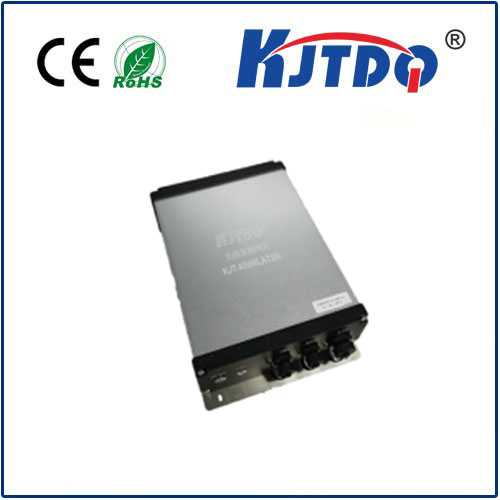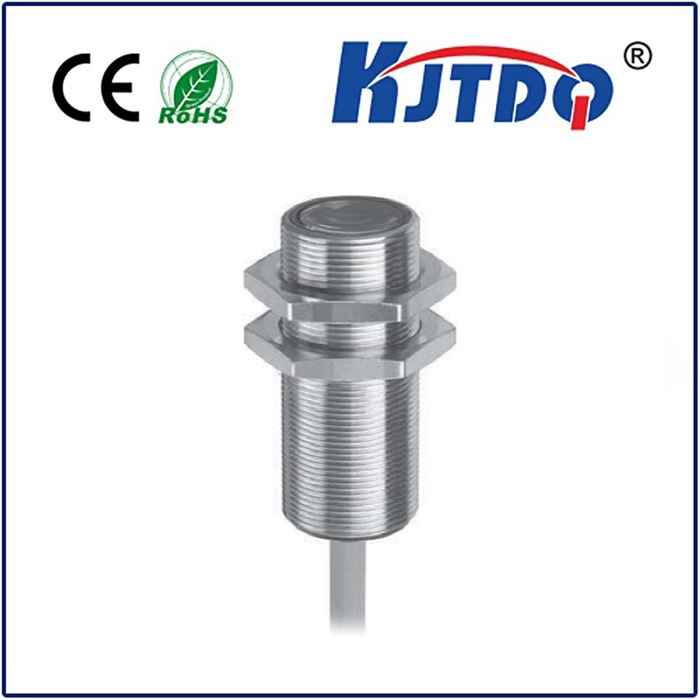датчик приближения pnp - npn
- time:2025-07-19 08:06:34
- Нажмите:0
PNP vs NPN Proximity Sensors: Demystifying Industrial Switching
Imagine a factory floor humming with automated precision. Robotic arms weld with uncanny accuracy, conveyor belts glide seamlessly, and packaging lines operate at blinding speed. Behind this intricate dance of metal and motion lies a critical, yet often overlooked, component: the датчик приближения. Specifically, the ПНП and НС varieties form the backbone of countless detection tasks, silently enabling machines to “see” and react to their environment. Understanding the difference between these two fundamental types isn’t just technical jargon – it’s essential knowledge for anyone designing, installing, or troubleshooting modern industrial systems. Choosing incorrectly can halt production lines, damage equipment, and cause significant downtime.
The Inductive Proximity Sensor: Sensing Without Touch
Before diving into PNP and NNP distinctions, let’s establish the common ground. Most industrial proximity sensors discussed in this context are inductive proximity sensors. Their core function is to detect the presence or absence of metallic objects (like steel, iron, aluminum, brass, copper) without physical contact. How do they achieve this? An electromagnetic field generated by an oscillator coil at the sensor’s face interacts with the approaching metal target. This interaction causes eddy currents within the metal, leading to a dampening of the oscillator’s energy. An internal circuit detects this change in oscillation amplitude and triggers the sensor’s switching output.
The Heart of the Matter: PNP vs. NPN Explained
The crucial difference between PNP sensors and NPN sensors lies entirely in their output configuration and how they switch the electrical signal to the connected load (e.g., a PLC input, relay, or indicator light). This difference stems from the type of transistor used internally as the switch – ПНП referring to Bipolar Junction Transistors with a P-N-P semiconductor structure, and НС referring to those with an N-P-N structure. Their switching behavior dictates how we wire them into a circuit.
- PNP Proximity Sensor (Sourcing Output):
- Function: When the sensor detects its target (is “active”), it switches the positive power supply voltage (+V) to its output wire.
- Behavior: Output = ON (Active) = +V present on the signal wire. Output = OFF (Inactive) = Signal wire is effectively disconnected (floating or pulled low via the load).
- Wiring: The load (e.g., PLC input) is connected between the sensor’s output wire and the negative power supply terminal (0V or GND).
- Analogy: Think of a PNP sensor as a positive pressure valve. When open (detecting), it lets positive voltage “flow” out to the load. The load then connects this positive flow back to ground to complete the circuit.
- NPN Proximity Sensor (Sinking Output):
- Function: When the sensor detects its target (is “active”), it switches the ground connection (0V/GND) to its output wire.
- Behavior: Output = ON (Active) = 0V/GND present on the signal wire. Output = OFF (Inactive) = Signal wire is effectively disconnected (floating).
- Wiring: The load (e.g., PLC input) is connected betweenВот.positive power supply terminal (+V) and the sensor’s output wire.
- Analogy: Think of an NPN sensor as a drain valve. When open (detecting), it allows current to “sink” down to ground via the output wire. The load receives power from +V and then connects via the sensor to ground to complete the circuit.
Visualizing the Difference: Wiring Diagrams
Imagine a simple circuit with a датчик приближения, a DC power supply (+V and 0V/GND), and a load (like a PLC input module with an internal resistor or lamp).
- Sensor Brown Wire (+V) -> Power Supply +
- Sensor Blue Wire (Common/0V) -> Power Supply 0V
- Sensor Black Wire (Output) -> One side of the Load
- The other side of the Load -> Power Supply 0V
- Sensor Brown Wire (+V) -> Power Supply +
- Sensor Blue Wire (Common/0V) -> Power Supply 0V
- One side of the Load -> Power Supply +V
- The other side of the Load -> Sensor Black Wire (Output)
- When active, current flows INTO the black wire from the load, connecting it to 0V (GND) inside the sensor.
Selecting the Right Type: PNP or NPN?
This isn’t a matter of one being inherently better; it’s about compatibility with your control system’s input circuitry.
- Dominant Use in Industrial PLCs (Europe/Asia/Often Global): PNP sensors (Sourcing) are extremely common. This often aligns with sinking PLC inputs. A sourcing sensor (PNP) provides the positive signal (+V) that a sinking input expects to receive.
- Dominant Use in Some Regions/Applications (e.g., Japan/Older US Systems): NPN sensors (Sinking) are frequently used, often paired with sourcing PLC inputs. A sinking sensor (NPN) provides the ground path (0V) that a sourcing input expects to connect to.
- Key Consideration: Most programmable logic controllers (PLCs) can accept either type of input, but they are configured internally as either sourcing (supplying +V) or sinking (providing a path to 0V). You MUST match the sensor type to the PLC input type’s expectation:
- Sinking Input Module (Requires a Sourcing Sensor): Use a PNP proximity sensor.
- Sourcing Input Module (Requires a Sinking Sensor): Use an NPN proximity sensor.
- Technical Factors: While regional conventions exist, the core decision driver is the PLC input specification. Consulting the PLC input module documentation is non-negotiable. Mismatched wiring will result in the sensor failing to activate the PLC input or, worse, potential damage. Modern IO modules often support both types explicitly.
Where Do They Shine? Common Applications
PNP and NPN proximity sensors are ubiquitous in automation due to their robustness, contactless operation, and speed. You’ll find them performing critical tasks like:
- Object Detection: Confirming a part is present on a conveyor pallet fixture.
- Position Verification: Checking if a cylinder is fully extended or retracted.
- Counting: Tallying bottles cans boxes as they pass a point.
- End-of-Travel Sensing: Detecting the limits for moving parts axes.
- Speed Monitoring: Measuring rotation via teeth on a gear.
- Machine Safety: Interlock verification guarding positions.
- Material Level Detection: Sensing metallic vats bins hoppers.
Choosing the correct sensor type – PNP or NPN – is a fundamental step in deploying an effective proximity sensing solution. Grasping the core concept of sourcing (PNP) versus sinking (
